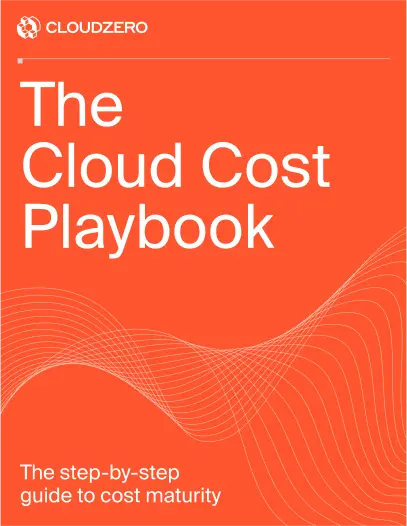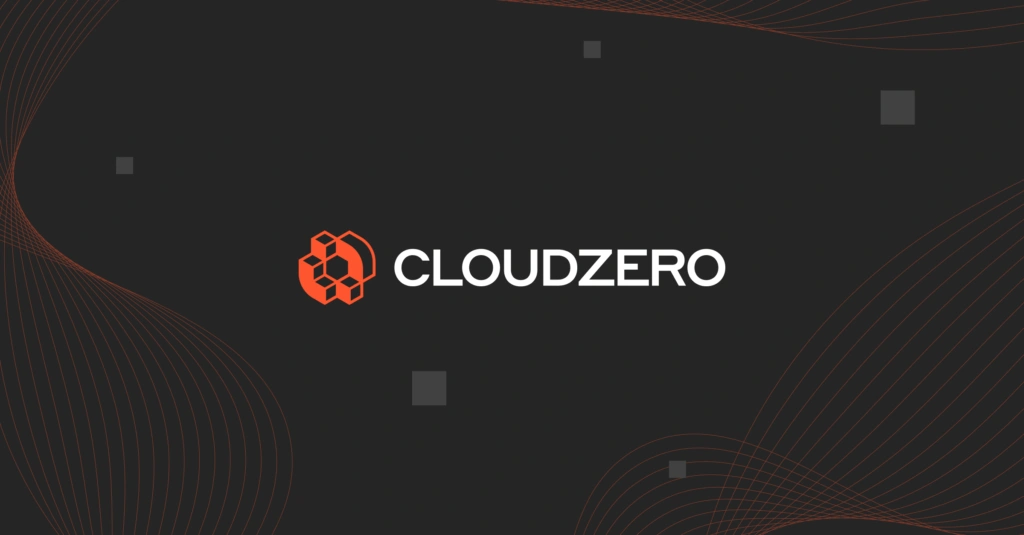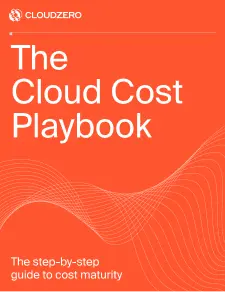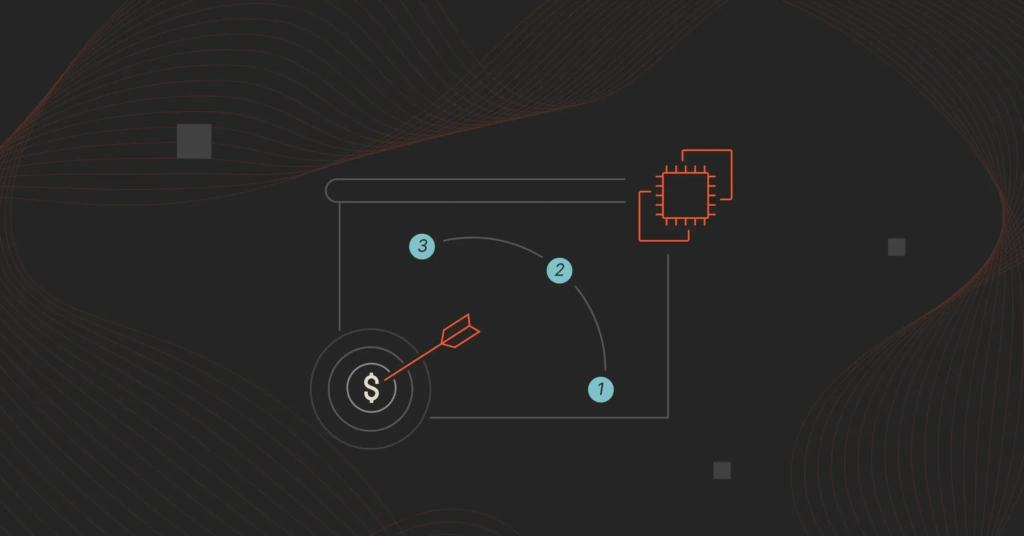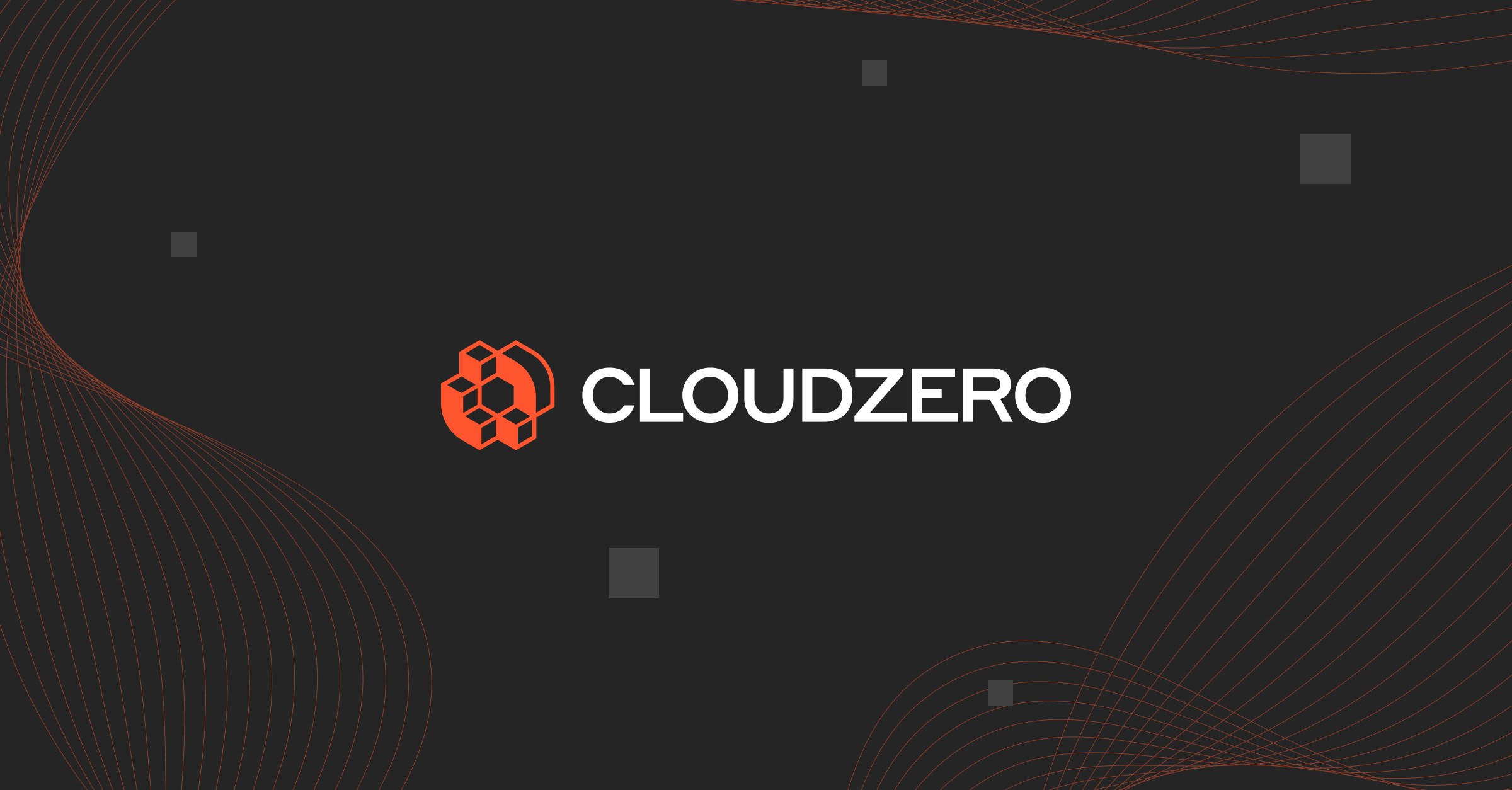When your organization uses the cutting edge of technology to function, you may feel like it takes all your time and energy to stay on top of emerging trends.
How are you supposed to anticipate what the future will hold when you have to balance those considerations with how to best provide for your customers’ needs today?
It’s okay if you don’t have your finger on the pulse 100 percent of the time. CloudZero works with businesses just like yours all day every day, so we are able to see changes in the wind before they become obvious to even the most savvy of business leaders.
We put together this list of emerging cloud trends so you can easily see where the future of cloud computing is heading — and how you can stay ahead of the curve.
Follow These 3 Cloud Trends To Get Oriented Toward The Future
1. You build it, you run it, you own it
In the world of cloud computing, every engineering decision is a buying decision. When engineers choose the infrastructure for a given project and decide which features to implement, they are effectively deciding the budget that is necessary for the project to be successful.
In the past, a project’s budget was largely determined by finance, leaving engineering to adhere to that budget; now the situation is much more complex. Engineers can’t stick to a budget if doing so would harm the services provided to customers, so cloud costs often spin out of control before the finance department knows what’s happening.
The concept of “you build it, you run it, you own it” shifts control over cloud costs to the engineers who make decisions impacting the budget every day.
Our prediction for the future:
The emergence of the FinOps job role as a liaison between finance and engineering points toward a cloud computing trend where engineers are suddenly being held responsible for the costs that their decisions incur.
As engineers become more experienced with making cost-effective infrastructure choices, and as tools to improve cost visibility become more widely adopted, expect engineers to shoulder a greater responsibility in developing and sticking to cloud budgets.
2. Instead of thinking about cost, think about spend
In the past, finance departments tended to hone in on cost as the most important factor when developing budgets. After all, total cost is fairly easy to measure, and it directly impacts an organization’s bottom line.
However, the strategy of focusing primarily on cost leaves little room left to consider other important factors.
In particular, some companies struggle to answer questions such as:
- Why is the cloud bill higher this month than it has been in the past?
- Which products and features are contributing the most to the total cost?
- Do those expensive products and features generate enough revenue or value to the customer to make them worthwhile?
- What are some improvements we could make to boost cost efficiency and reduce unnecessary spending?
Would you be able to easily answer these questions within the context of your business? If not, your cloud cost strategy might need an update.
Instead of focusing directly on total cost as the most important issue, direct your attention to the concept of spending as much as you need to in order to be effective.
When it comes to cloud services, your dollars aren’t simply vanishing as a cost of doing business. They are an investment on which you should be receiving adequate returns. If you want to provide top-of-the-line service to your customers in exchange for higher subscription fees, it may be completely worthwhile to put a large slice of the budget toward purchasing more storage space or computing power, for example.
The tricky part is knowing when the balance has tipped from being a worthwhile investment into a money drain.
How do you make sure you’re investing just the right amount to maximize both business and cost efficiency? It helps if you have a cost intelligence platform like CloudZero.
Our platform reveals the itemized unit costs associated with your cloud spend, so you can track exactly which services are costing you more, understand why it’s happening, and identify areas of potential improvement.
Our prediction for the future:
Cloud spend will balloon in importance. In fact, it’s likely that cloud spend will become a board-level issue in most companies. Just as security moved from a departmental concern to an issue scrutinized by board members, cloud costs seem to be following the same path.
For public companies, expect cloud cost data to become a SOC 1 reporting requirement. The data will then need to be audited and vetted for accuracy before companies can report their financial numbers to Wall Street.
3. Focus on efficiency as an enabler of innovation
If you run a successful company that uses cloud services, your customer demand will hopefully increase over time. With more customer demand comes higher cloud costs. Essentially, as your organization becomes larger and more successful, your costs will expand as well. There’s no avoiding it.
However, if you effectively measure and optimize unit costs, you can often achieve a balance where higher costs also result in enough additional revenue to make the increase worthwhile.
Therefore, instead of total cost savings, an improvement in cost efficiency is a more useful metric by which to judge progress. Instead of simply trying to bring the budget as low as possible, engineers should be focused on making the best investment decision to maximize the return on investment from cloud spending.
Our predictions for the future:
Traditional budgets are fading quickly into obsolescence. If it isn’t already the case for your business, unit economics will soon be your key to understanding cloud spend and learning how to innovate efficiently. Unit economics will become your basis for pricing, packaging, and prioritizing the development of new products and features.
In keeping with the prediction that engineers will be held more responsible for cloud costs, the field of cloud computing will see a shift in optimization strategy away from buying better and toward building better.
This means choosing better infrastructure will take precedence over purchasing reserved instances and negotiating with providers for savings plans in the hierarchy of importance for managing cloud costs.
With all the focus on improving cost efficiency, our final prediction for the future of cloud computing is that companies will need a way to track unit economics and apply context to their cloud spend.
Traditional cloud management tools focus on yesterday’s reporting methods and don’t provide a way to think about cloud costs in a strategic way. Companies will soon move away from legacy cloud management tools and begin using tools that help them break down their cloud bills into itemized receipts.
The cost intelligence platform offered by CloudZero is one such solution. We gather data on any metrics you choose that are relevant to your business, so you can keep an eye on the costs that matter most to you. With that knowledge, you can make sure your engineers choose cost-effective solutions and your spend scales appropriately with your company’s growth.
 to see why achieving true cost intelligence is at the forefront of cloud trends.
to see why achieving true cost intelligence is at the forefront of cloud trends.
